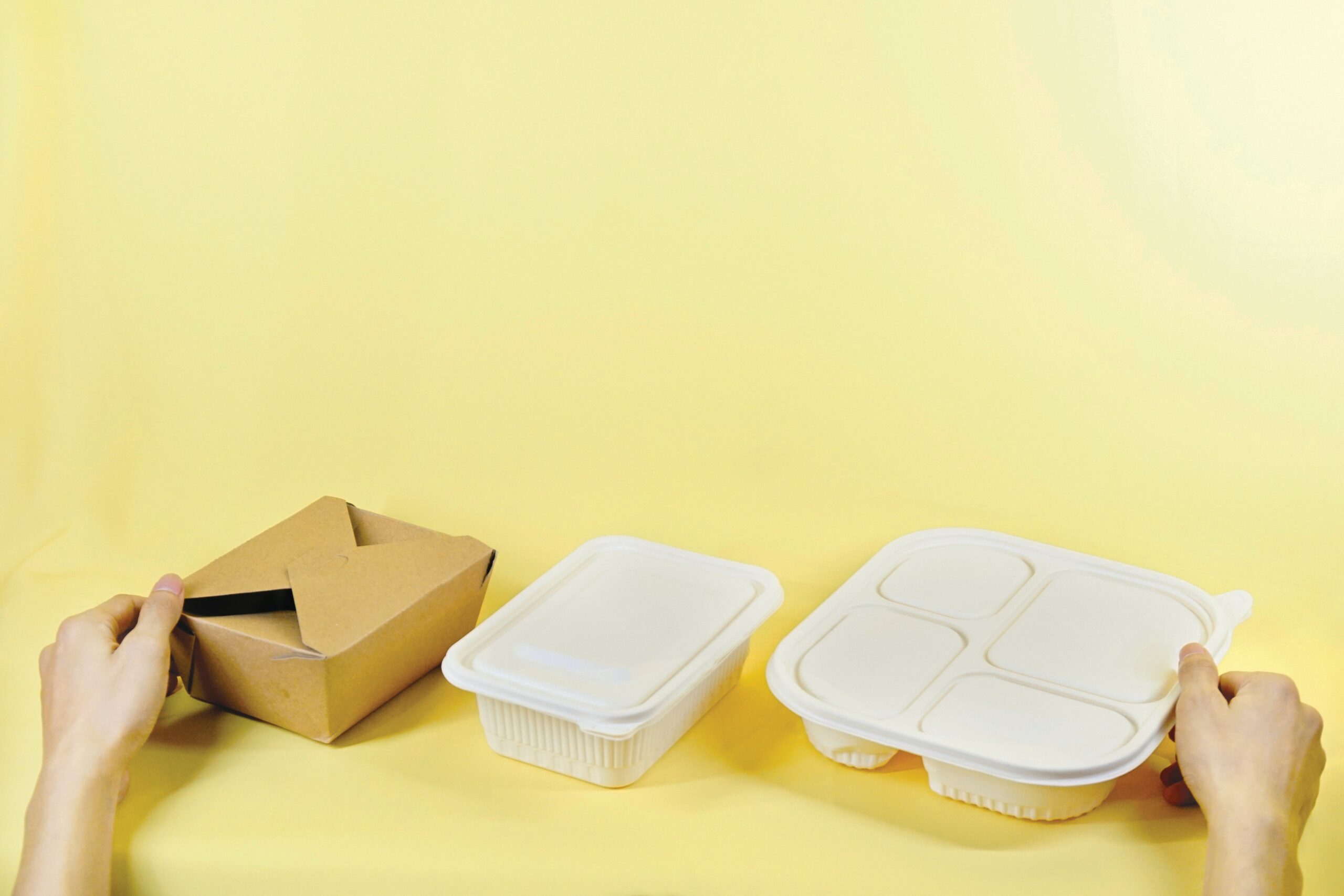The right food packaging not only helps your products stand out on the supermarket shelf but also protects the contents from chemical, physical and environmental factors that could lead to contamination. improper food packaging affects the quality and taste of a product. It is also important that your packaging complies with local regulations. If you are launching a new product this can seem like a minefield, but here are some pointers to help you make an informed choice.
It’s all about your product
The biggest factor in deciding on food packaging materials is what is inside. Liquids obviously have different requirements to dry goods, and products that will be stored in a fridge or freezer need packaging that is up to the job. Identify any special requirements, such as the need for oxygen or moisture barriers, UV protection, or resistance to temperature extremes. You also need to look at compatibility with your product’s acidity or oil content.
Shelf life
Consider the shelf life of your product when you’re looking at packaging. For example, if you’re in the business of selling delicious gooey cheesy pizzas, your pizza box only needs to keep its contents safe and warm for an hour or so before it gets devoured. If you were selling artisan pizza flour instead, then the packaging needs to reflect the typical shelf life of six months for a bag of flour.
Sustainability
Sustainability is more than just a buzzword – it’s a serious consideration when choosing product packaging. Opting for a more environmentally friendly packaging material is not only better for the planet but will also help you build credibility with your customers. Explore options like recyclable plastics, biodegradable materials, or innovative sustainable packaging solutions.
Packaging regulations
Food packaging in the UK is subject to various laws and regulations to ensure the safety and proper labelling of food products. The Food Safety Act 1990 is the primary legislation that governs food safety in the UK. It makes it an offence to sell food that is harmful to human health. Food packaging must not cause contamination and should protect the food from deterioration.
There are also specific requirements for the labelling of allergenic ingredients in food products. These requirements are aimed at helping consumers with allergies make informed choices.
The pros and cons of popular food packaging
Paper and cardboard
Pros: Lightweight, low cost, recyclable, widely available
Cons: Poor water resistance, weak light barrier, tears easily
Aluminium
Pros: Resistant to moisture, heat, gases, and corrosion, lightweight, widely recyclable
Cons: Expensive, unsuitable for welding, limited shapes
Tinplate
Pros: Water and heat-resistant, durable, recyclable and easy to separate from waste (as it is magnetic), a cheaper alternative to aluminium
Cons: Reacts with foods, heavier than aluminium
Glass
Pros: Moisture and heat-resistant, non-reactive, reusable, recyclable
Cons: Breakable, heavy to transport, not easy to carry
Polyesters
Pros: Strong, ideal for hot items, excellent barrier characteristics, shatter and tear-resistant, easy to recycle in rigid form
Cons: May pose an environmental threat in debris
In Conclusion
Whatever your packaging requirements, Toast Food can provide the very best options and creative solutions to match your values, goals and objectives. Talk to us today.
